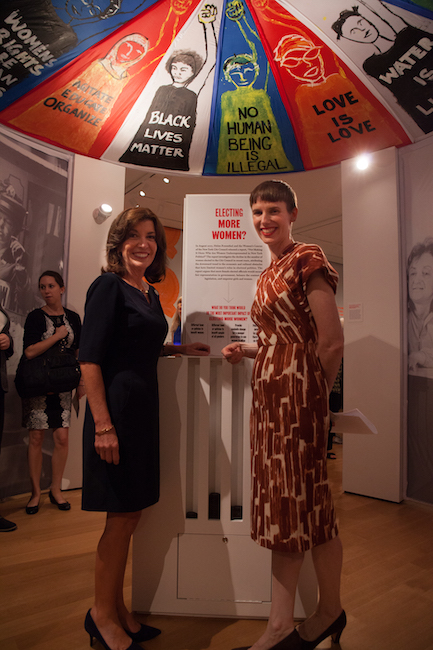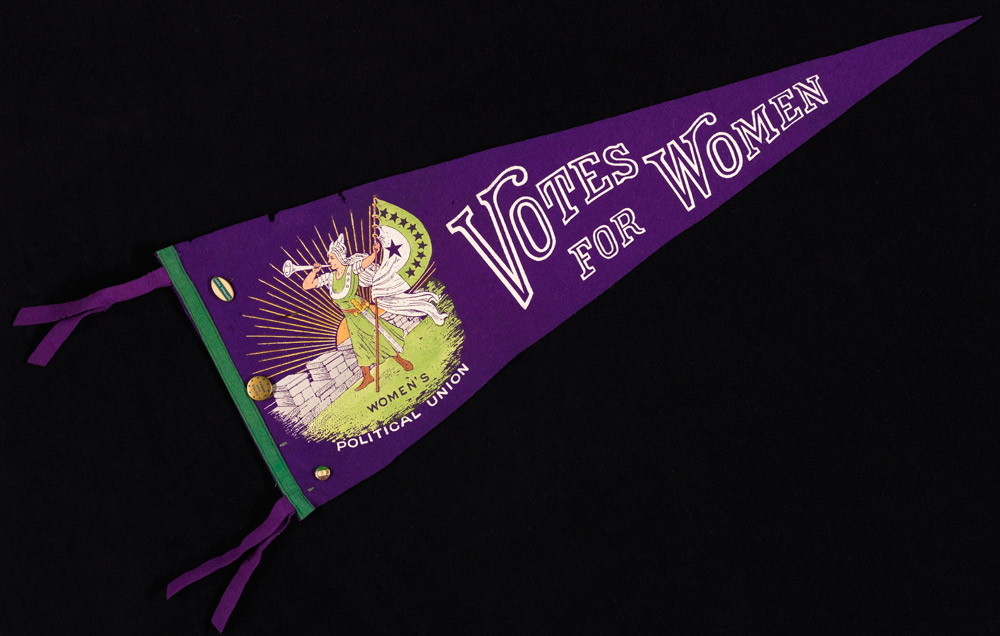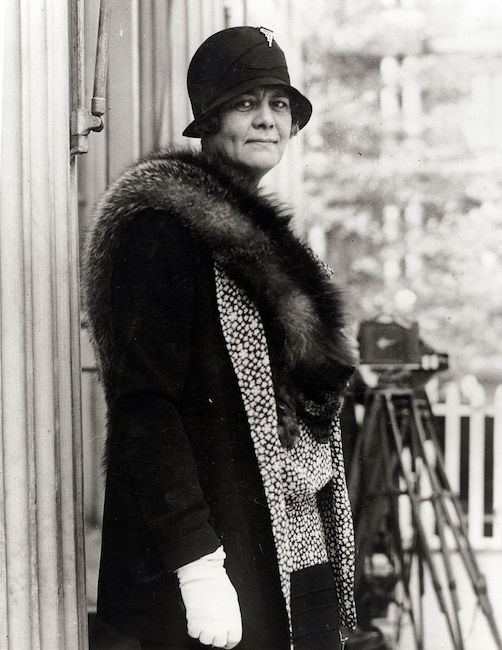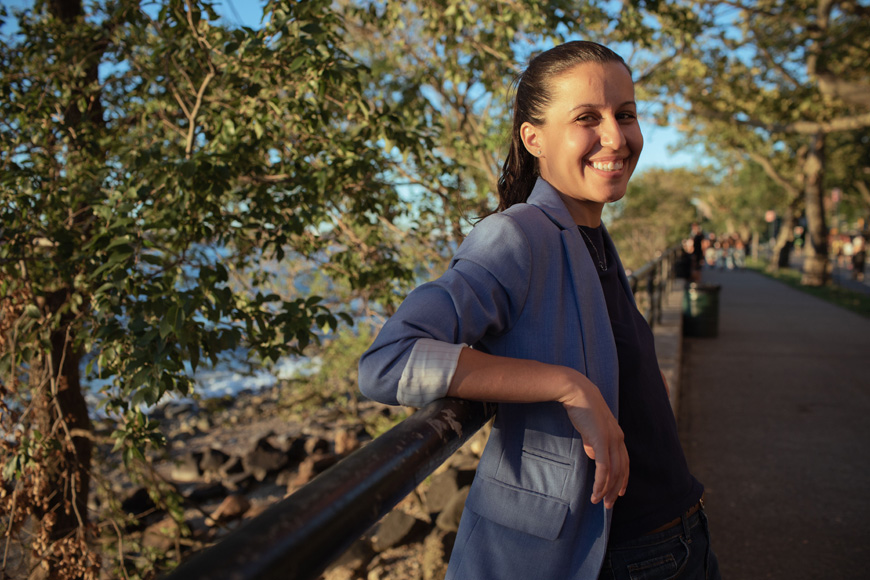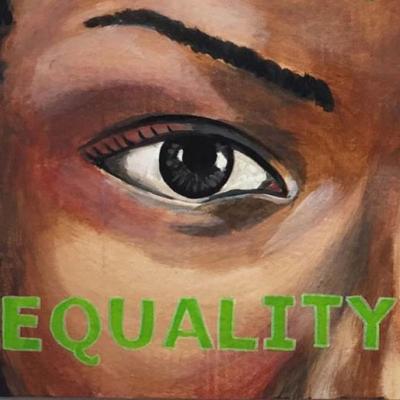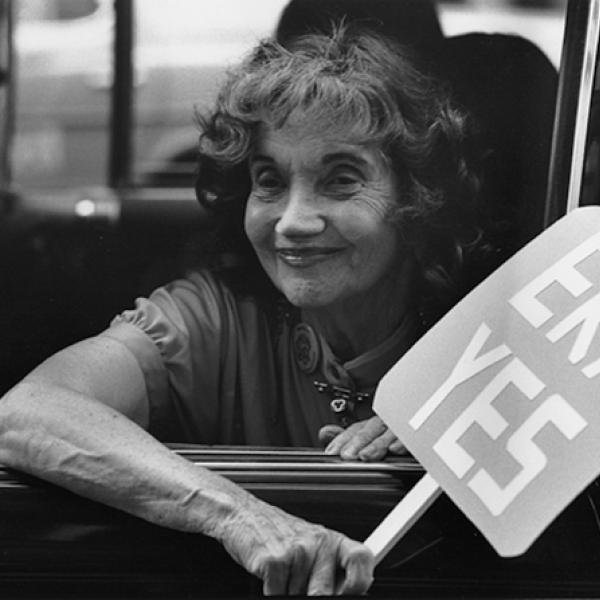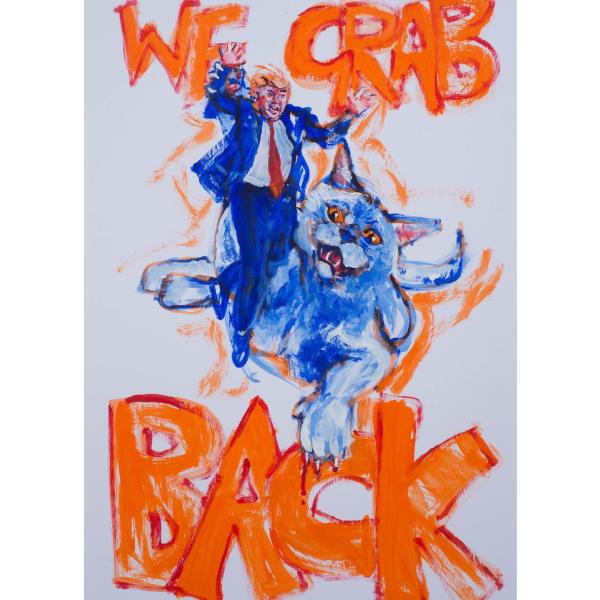Thirty-One in ’21: New York Women in Office Past and Present
Friday, November 12, 2021 by
Last week, amidst the din of political commentary following elections nationwide, New Yorkers elected 25 new women candidates to the New York City Council—bringing the total number to 31 out of 51 seats. They join an unprecedented number of women in statewide office, including the recently-appointed Governor Kathy Hochul, the first woman in New York history to hold this office.
Hochul joins Andrea Stewart-Cousins, the first woman majority leader in the state legislature, and Letitia James, the first woman and African American Attorney General. The City Council results are particularly interesting given the campaign “21 in ’21,” which mobilized to elect at least 21 women by 2021, a goal that these results far surpassed. While politics and representation are not synonymous, the “21 in ‘21” campaign and newly-elected local candidates reflect efforts to get New York women onto the ballot past and present.
Besides Victoria Woodhull, a New Yorker who ran for President in 1872, the first election year in which women could vote and run for office in New York was 1918. Women in New York had won the right to vote the previous year—with the exception of Asian Americans and Native New Yorkers, who were excluded based on pre-existing federal laws—and the 19th amendment followed in 1920. More than 20 women ran in various New York primaries in 1918, including African American activist Grace Campbell. They all lost except Mary M. Lilly, an attorney who won a seat on the New York State Assembly on the Democratic ticket.
The first woman to win a seat on the local legislative body, then called the Board of Aldermen, was Ruth Sears Baker Pratt, who was elected on the Republican ticket in 1925 and went on to serve in Congress. Genevieve Earle, a Fusion Republican and suffragist, was the first woman elected to the new City Council when Mayor LaGuardia and a team of reformers—including many women—replaced the Board of Aldermen in 1937. Earle was also active in the Women’s City Club, which sought to put more women on the ballot. Fourteen women ran for the Council that year, and though only Earle won, three more joined her in 1941. Many white women held city council seats by the 1970s, when Miriam Friedlander, who ran on a women’s rights platform, officially changed the designation of “councilman” to “councilmember.”
For New York women of color, a seat in City Council chambers took decades longer, and not because they didn’t run. Black women now considered foundational activists vied unsuccessfully for seats on the city council: pioneering lawyer, writer, priest, and gender-nonconforming activist Pauli Murray ran on the Liberal Party ticket in 1949, and civil rights leader Ella Baker followed in 1953. Lesser-known activists and inveterate political candidates Layle Lane and Anna Arnold Hedgeman ran several times from the 1930s-1960s. While Bessie Buchanan won a seat on the State Assembly in 1955, it wasn’t until 1974 when Mary Pinkett joined the City Council as its first Black woman. Nydia Velazquez became the first Latinx council member after she was appointed in 1984, before breaking the same barrier to Congress in 1992. It was only in 2010 that Margaret Chin became the first Asian American woman elected to the Council.
The record-breaking 31 women elected to New York City Council last week include Democrats, Republicans, socialists, many overlapping identities, and several historic firsts. This includes the first Muslim woman, Shahana Hanif of Brooklyn, and, with Shekar Krishnan, the first of South Asian descent. Julie Won and Linda Lee became the first Korean American members. Crystal Hudson and Kristin Richardson Jordan are the first LGBTQ black women to join the council. Newly-elected Tiffany Cabán, part of both increased queer and Latina delegations, will speak at the Museum on Sunday, November 21 at 2 pm (and on the Museum’s Our Hometown podcast airing November 18) about her childhood in Queens and how it led her to become a public defender and a City Council Member in her hometown borough.
Sarah Seidman is the Puffin Foundation Curator of Social Activism at the Museum and curates the ongoing exhibition Activist New York. She also curated the 2017-2018 exhibition Beyond Suffrage: A Century of New York Women in Politics. For more on the woman suffrage movement, see the online section of Activist New York here.
